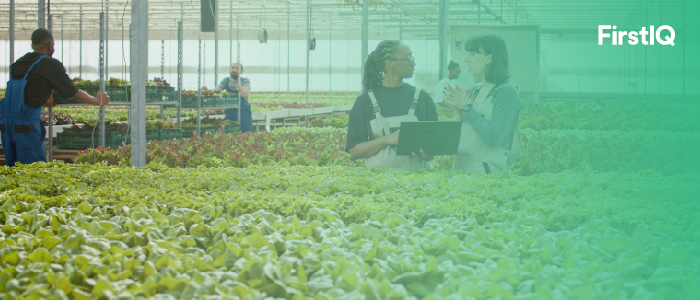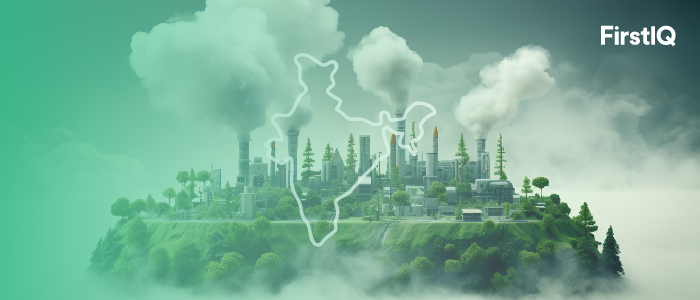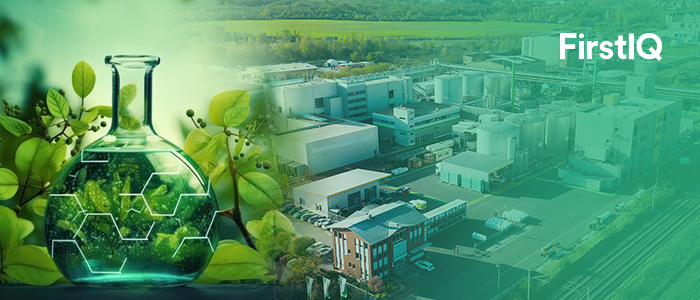China 2025: How Ethylene Expansion Is Powering the Next Industrial Plastics Wave

China is not only following the petrochemical boom around the world it's leading the way. In 2025, the nation grabbed headlines with the huge capacity boost at the Shell-CNOOC petrochemical complex in Huizhou, South China. The undertaking includes a third ethylene cracker unit, increasing capacity by 1.6 million tons a year. But it's not so much about quantity it's about dominating the global ethylene value chain.
The new cracker provides a strong complement to China's emerging industrial aspirations, responding to increasing local demand from domestic plastics, packaging, and synthetic fibre industries. With its diversified downstream market, this expansion supports China's capability to satisfy its requirements while becoming a player in international markets.
China's Existing Footprint in Ethylene
The Huizhou project is a strategic key to China's overall petrochemical infrastructure. It not only serves the nation's gigantic internal consumption but also enhances export competitiveness.
But there is more to the story. Chinese producers are increasingly reliant on imported ethane, mostly from the United States, to supply their ethylene plants.
Ethane is a raw material of choice in ethylene production, and China is stepping up its imports to achieve cost benefits and ensure a long-term supply of feedstock.
- Ethane imports are expected to increase to 8.2 million tons by 2025
- This permits Chinese manufacturers to reduce the costs of production and increase their profit margins
Through the combination of domestic infrastructure growth and international trade flexibility, China is demonstrating a twin strategy expand at home, compete overseas.
What's Driving Ethylene Growth in China?
The solution is a smart mix of trade, scale, and sustainability. As the world's leading producer of plastic and synthetic materials, China has long depended on fossil fuels. But international pressure and domestic policy changes are driving cleaner, more efficient production technologies.
This wave of sustainable development is affecting every part of the ethylene market:
- Cost-effective ethane supply through the U.S. guarantees the availability of feedstock without the cost of sacrificing global cooperation
- Technological enhancements in Shell-CNOOC cooperation demonstrate a move towards cleaner production standards
- A wider drive for energy security and industrial autonomy, viewed through massive domestic projects, is now at the heart of China's economic plan
As reported by the U.S. Energy Information Administration (EIA), world ethane production remains strong, at 3.0 million barrels per day (bpd) in May 2024, and is expected at 2.9 million bpd in 2025 and 3.1 million bpd in 2026.Much of this will go into the Chinese ethylene sector to provide continuity of supply and deepen bilateral relations.
China's Roadmap for Global Ethylene Dominance
China is not the only one chasing ethylene growth. But not many are doing it on this scale.
The Huizhou expansion is only a chapter in China's long-term petrochemical plan. By combining high-capacity projects with strategic imports, China will become an independent but internationally competitive player in the ethylene market. With downstream industries like automotive, textiles, and packaging driving for growth, the domestic demand will continue to be strong in the years to come.
Even Southeast Asia, specifically Indonesia's new LINE project the region's largest petrochemical investment acknowledges the ripple effect of Chinese leadership in the region. As its economies expand, China is still an exemplar of how strategic investment in infrastructure + foreign trade can fuel industrial development.
A Glimpse at the Competition
India is also making parallel moves towards cleaner fuel options. Its policy of blending petrol with ethanol now aims for 20% ethanol blending by 2025, advanced from the earlier 2030 target. This highlights India's push towards DE fossilization, but also the increasing energy and industrial divergence of Asia Pacific, where India is concentrating on fuel sustainability while China is racing ahead in industrial raw material domination.
Both strategies are important, but China's ethylene market demonstrates what occurs when size, strategy, and supply converge.




